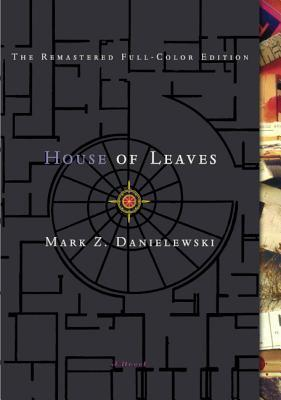
Author: Mark Z. Danielewski
Genre: Adult Fiction, Horror Fiction
Reviewed by: Heather
This book is an interesting one, in that the basic plot isn’t particularly complicated but the writing style and format in which the story is structured make it quite a challenging and interesting read. The story itself follows a young family as they move into a new home, only to discover that the measurements of the house from the inside don’t quite match the measurements taken on the outside. When they begin investigating, things become even stranger, with a new doorway suddenly appearing which leads to a corridor that should not exist. They decide to explore the corridor in an attempt to unravel the mysteries of their new home, while documenting their experiences through film.
Now, this is where things get complicated. You see, the story of the family isn’t the only narrative within the book, there are also two further narrators contributing to the story at the same time. The Navidson family’s exploration is filmed and released as a documentary following the events of the story. This documentary, The Navidson Record, is then watched by another character, Zampanó, who writes about the family’s experiences and his own interpretation of events in a book, which forms the bulk of the text in House of Leaves. Zampanó’s notes are filled with footnotes and references to texts that don’t exist, and the layout of the book gets increasingly complicated and erratic as his analysis of the story goes on. I’ll go into more detail about the layout later however, because there is still another important character in this story. Before his book can be completed and published, Zampanó passes away and the manuscript is stolen from his vacant apartment by another narrator, Johnny Truant, who reads it and writes his own notes and reactions in the margins, so we experience his story in tandem with the story of the Navidson family. Truant’s story is interesting in its own right, as he navigates a difficult relationship with his mother and struggles with his mental health.
There are no truly reliable narrators in this story and each storyline can be confusing to follow, making this quite a challenging book to get through. Zampanó’s text is written in an academic style, lending it an air of credibility, however Truant calls attention to the references to non-existent sources and the fact that Zampanó wrote extensively about the cinematography and visual elements of the documentary while he was blind, wearing down Zampanó’s credibility as the narrative goes on and raising many questions about what really happened. Truant also cannot manage to track down The Navidson Record and believes the narrative may have been created purely by Zampanó as a work of fiction, despite Zampanó’s assertions that the documentary was widely distributed and culturally significant. However, Truant himself gets increasingly erratic and paranoid as the novel goes on, casting doubts on his own credibility also.

In addition to the complicated narrative style, this book is also structurally a challenge to get through. Much of the plot, most notably Truant’s storyline, is told through extensive footnotes rather than included in the main body of the text, so it doesn’t follow a linear narrative. Instead, it can jump around from story to story, shifting point of view and narrative voice frequently. Some sections of the narrative have been removed, usually by Truant, so they’re only briefly referenced in footnotes, and some sections are crossed out but still legible. This structure makes the story a bit of a challenge to follow, but often gives us insight into the emotional states of the different narrators and really draws you into their stories.
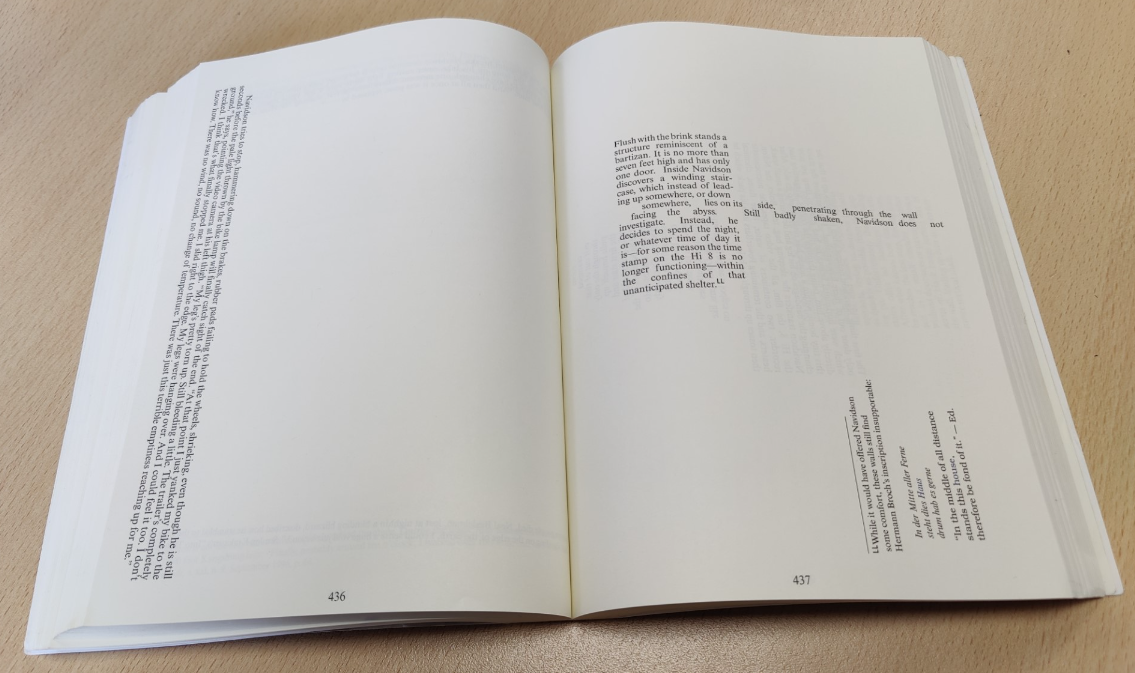
Other unusual formatting tactics are used throughout the story to convey atmosphere and emotion to the reader, such as pages that are densely packed with small text in order to convey a sense of claustrophobia, or other pages with little text and vast empty space to convey the opposite, a sense of agoraphobia. Some text is upside down, some off to the side. Depending on what edition of the book you read, some of the text might also be printed in different colours. It can be chaotic and confusing, but at the same time very structured and organized, with references and footnotes. It’s definitely not for everyone, but it certainly makes for an interesting and memorable reading experience.
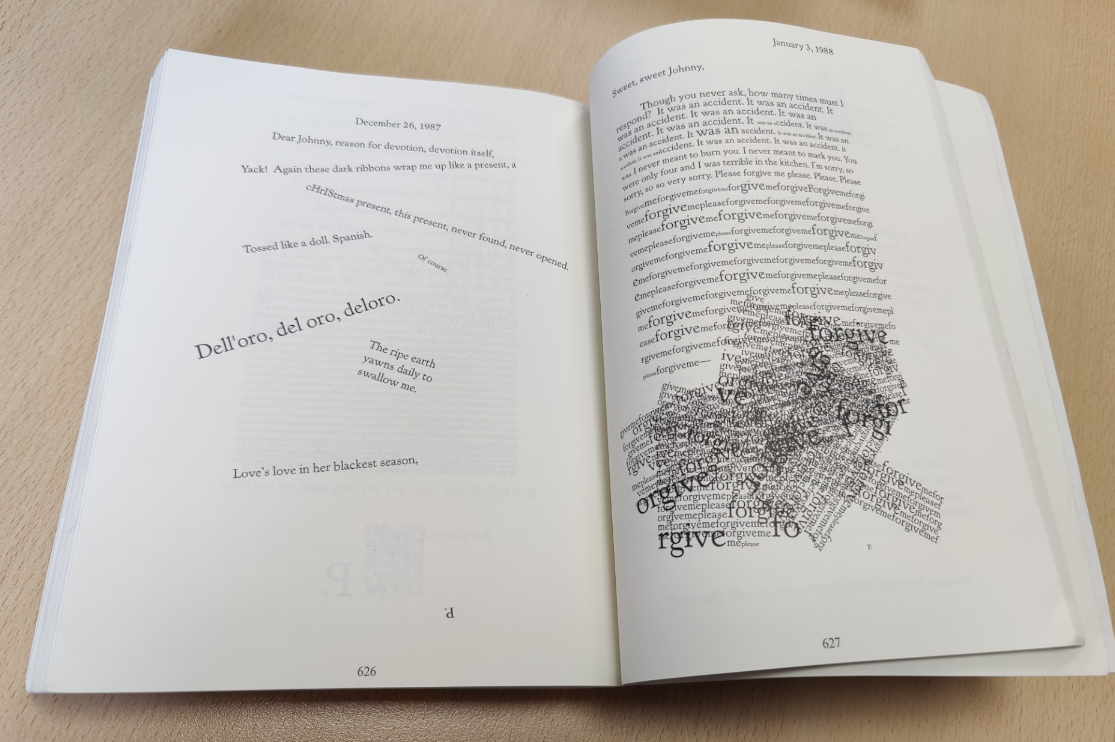
Personally, I really enjoyed this novel. I enjoyed the challenge of following the threads of multiple storylines at once, and I enjoyed the changing atmospheres conveyed by the unusual formatting. I’ve heard this book described by many as a horror, but I personally didn’t find it particularly frightening to read, I just found it fascinating and very engaging. Reviews can be quite divided on this book, with some saying that the unsettling atmosphere and unusual storytelling really stuck with them after finishing it, while others feel that the unusual structure is gimmicky and only serves to make the story stand out, while they feel that the story itself needs to stand out by itself without the need for such an experimental structure. I can understand these negative reviews, even though I personally enjoyed the story. You need to be able to invest quite a bit of time and attention to the book to get through it, which I managed back when I was still in school and had time to kill over the holidays. I’m not sure if I would have had quite as much patience for footnotes within footnotes if I had been trying to fit a few minutes of reading in during my lunch break while at work.
If you’re looking for something a bit different, I would definitely recommend giving this book a go. It’s certainly interesting and, gimmicky or not, the experimental style and structure do fit the story well and, I feel, add a lot to the atmosphere and pacing. Do I think every book should follow this format? Absolutely not, that would be exhausting. However, it works for this story and certainly made for an interesting reading experience. I’d certainly recommend giving it a try, just make sure you have enough time in your schedule!
You can find copies of this book in our national catalogue by clicking here!

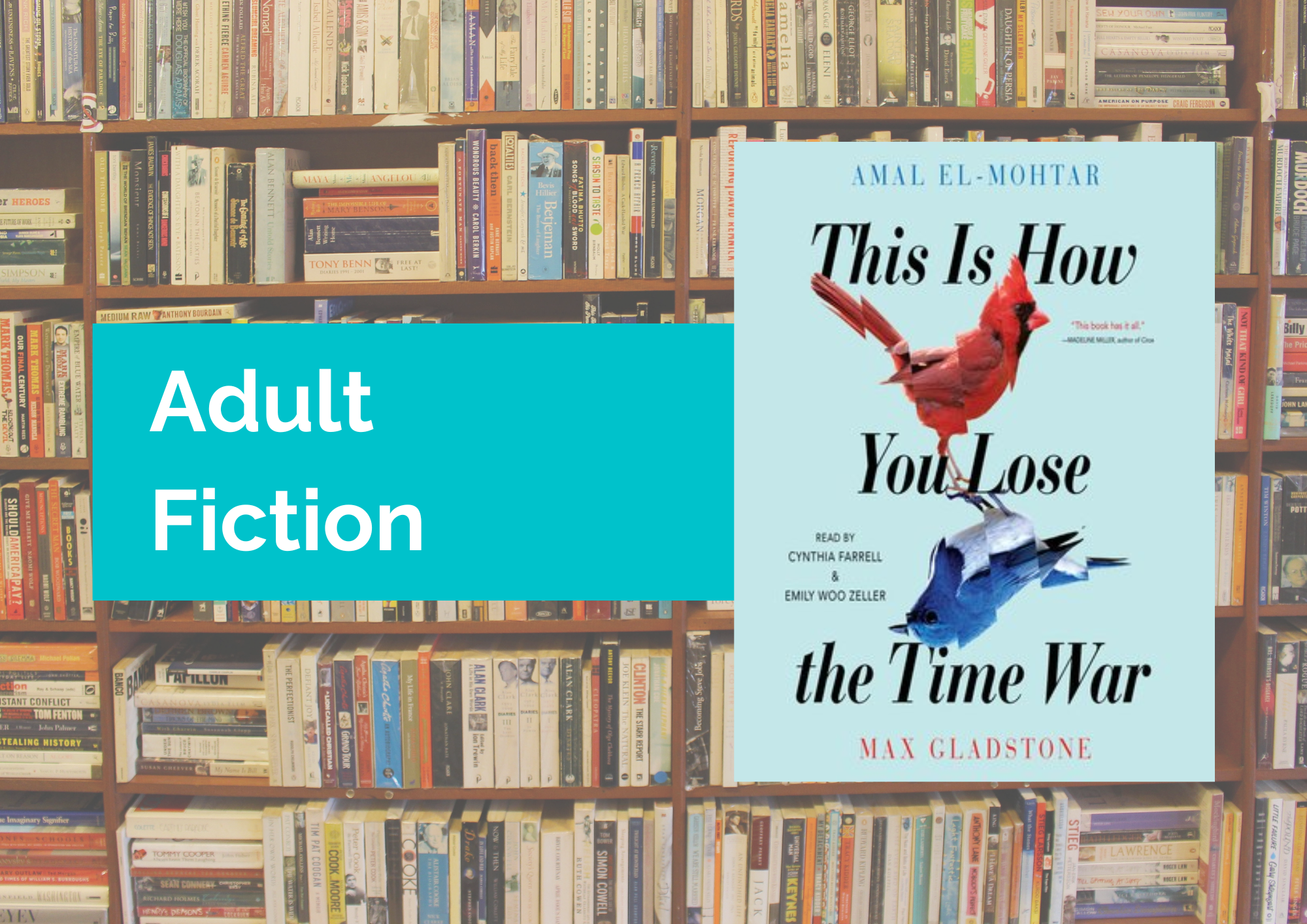
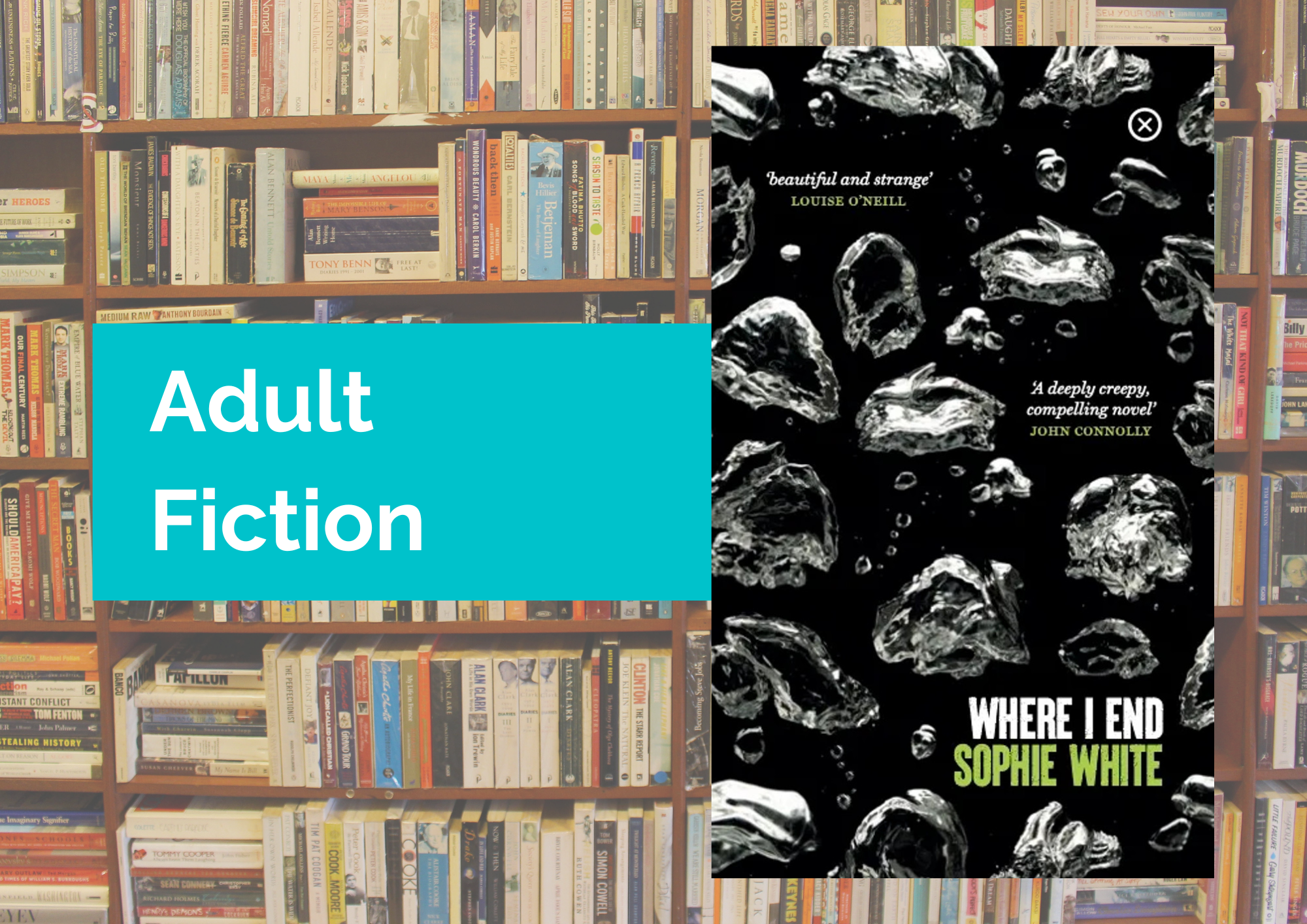
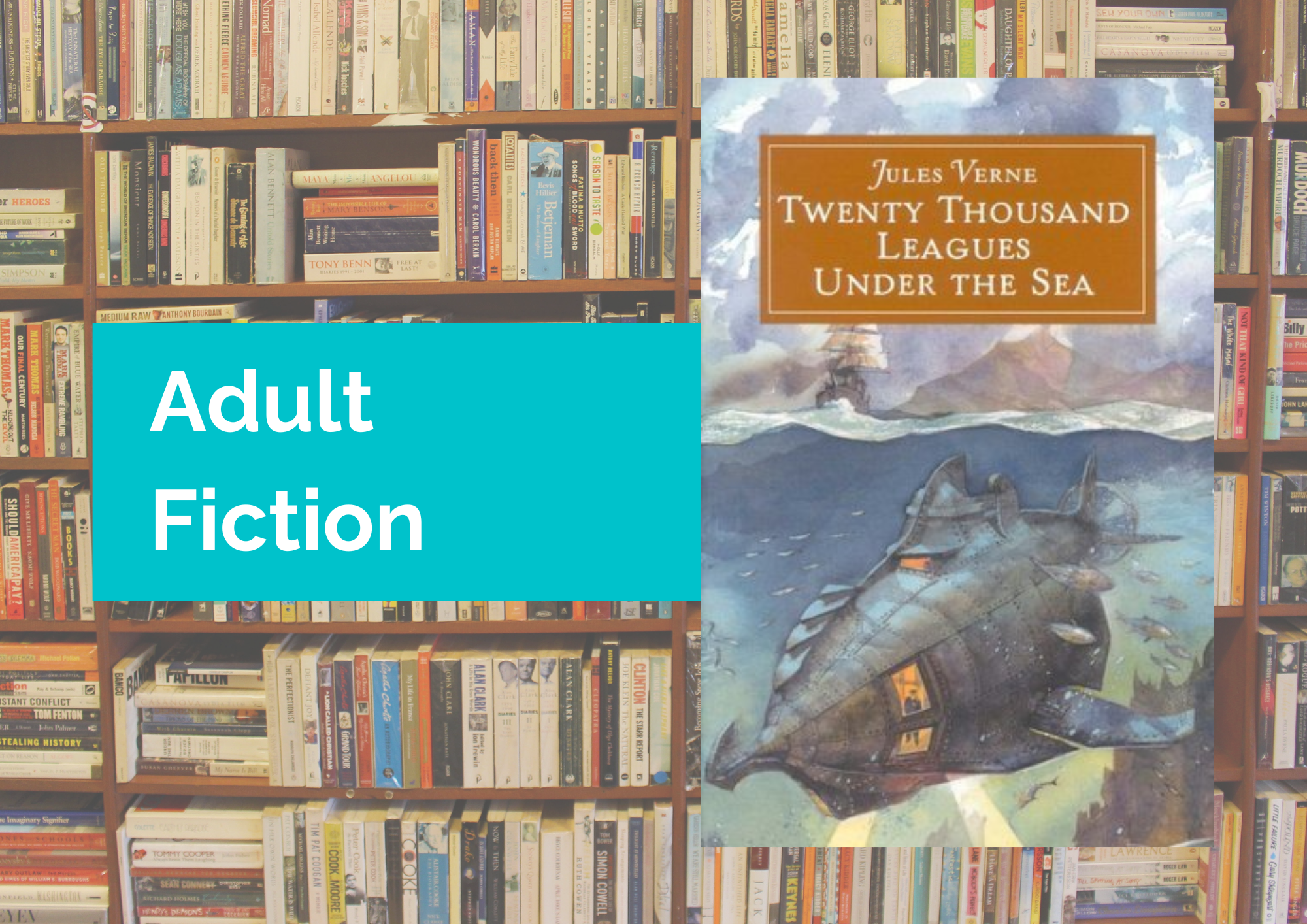
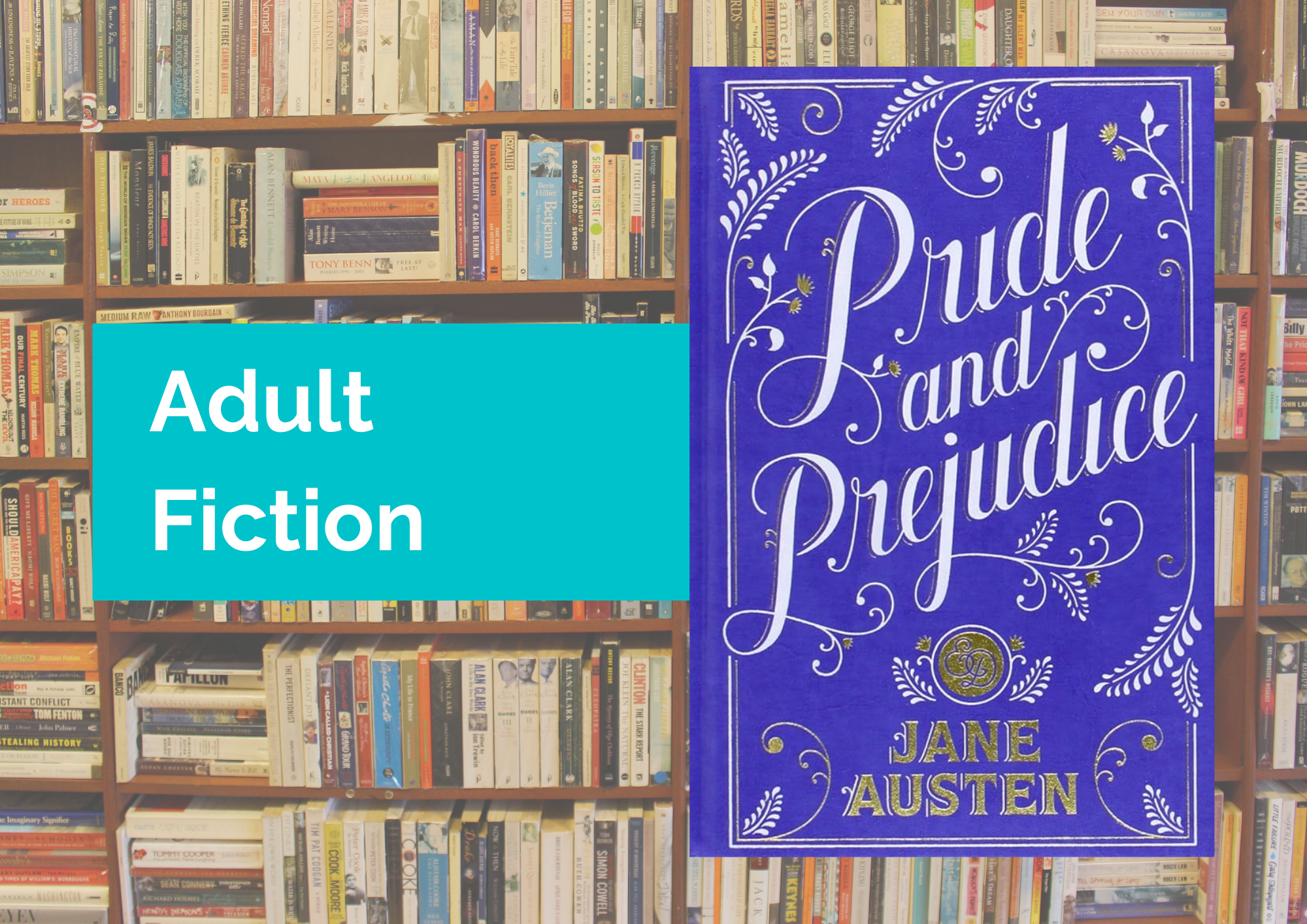


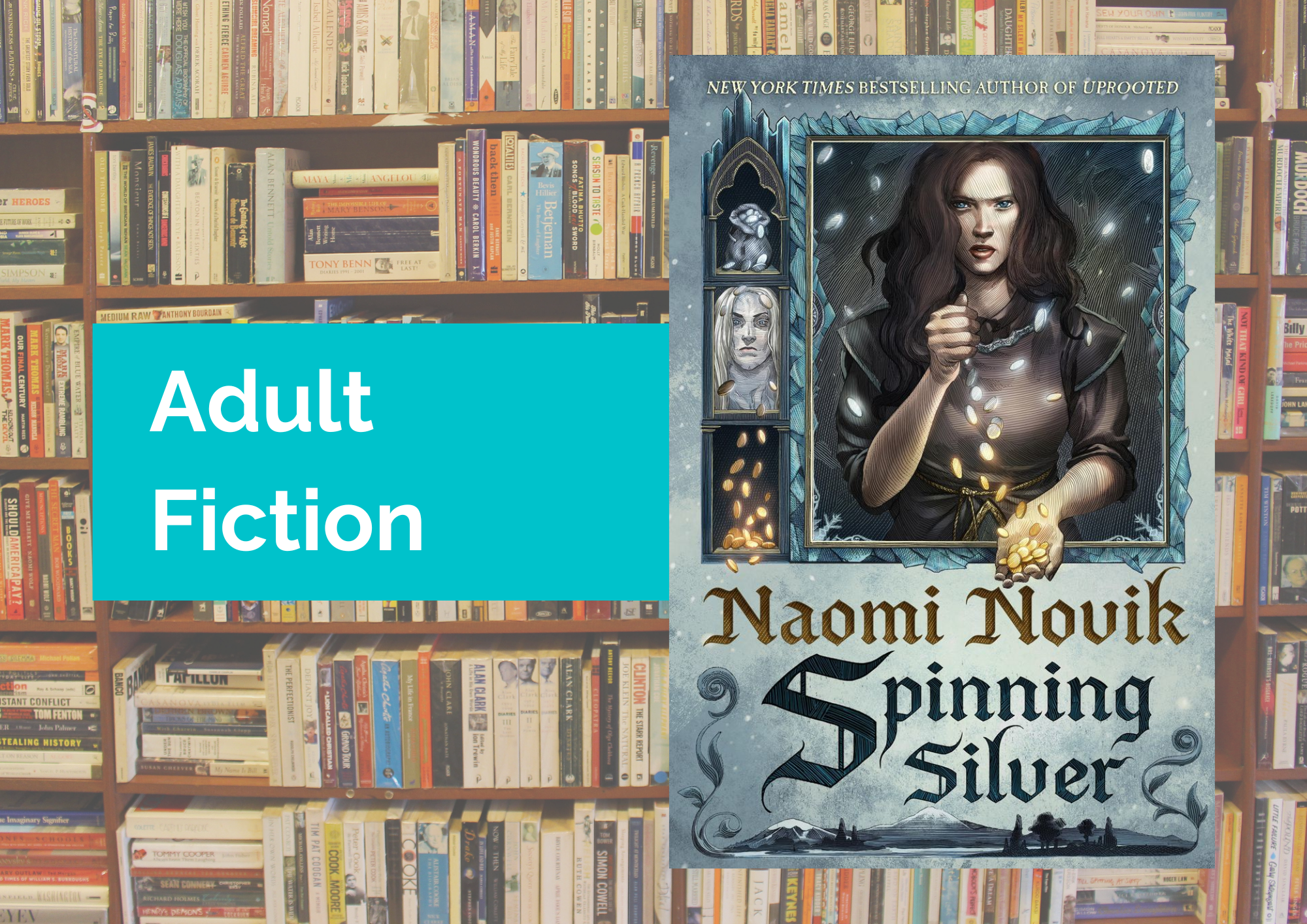
Leave a Reply